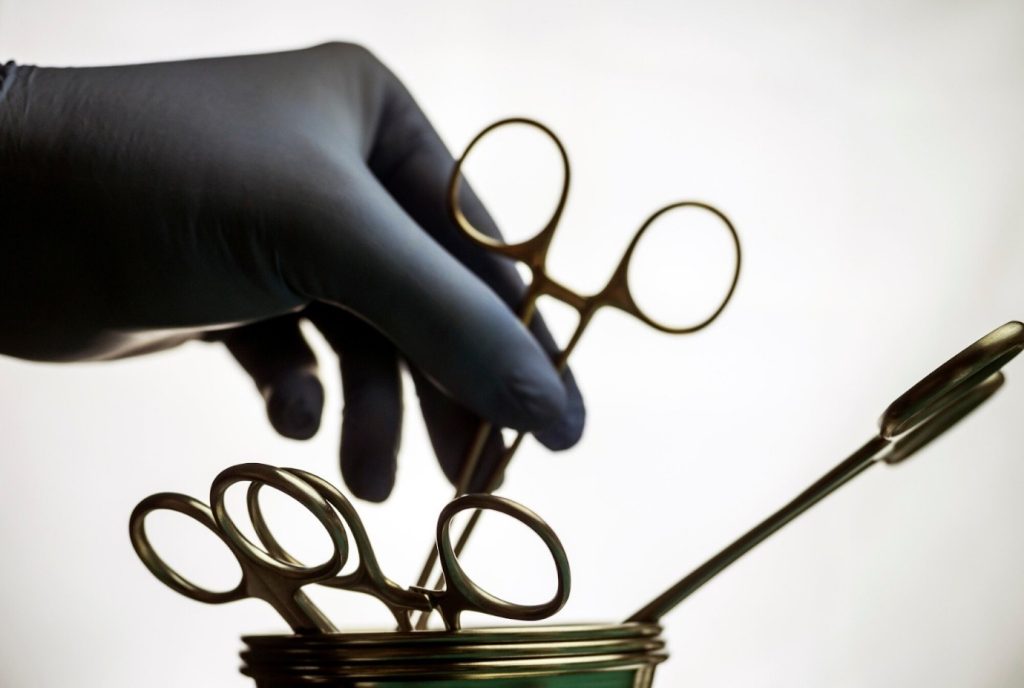Picture this: life is full of unexpected moments, and sometimes, a sudden mishap can lead to a deep cut or laceration. When that happens, it’s not just a matter of patching things up; it’s about knowing how to stitch things back together.
Medicine has a fascinating array of techniques for sealing wounds, each with its unique twist. From the precision of individual stitches to the subtlety of subcuticular magic, we’re about to embark on a journey through the art and science of stitching. So, let’s discuss the different types of stitching for lacerations and discover how these methods work wonders!
Continuous Sutures
Imagine using one long thread to sew a cut. That’s what happens with continuous stitches. It’s quick and helpful for longer cuts. But there’s a slight risk: if one part of the thread breaks, the whole thing might come undone.
Doctors often use this for cuts that aren’t too tricky. Continuous stitches save time and are a good choice when a quick, secure closure is needed, like with simple, straight cuts.
Interrupted Sutures
One of the most common types of sutures is the interrupted sutures. This careful approach ensures that the wound heals cleanly. It also reduces the chances of complications and helps minimize scarring.
Doctors tie each stitch separately. This method is suitable for ensuring the cut’s edges come together just right. Plus, removing stitches one by one is easy when the cut heals.
Mattress Sutures
Doctors may use mattress stitches for deeper cuts or those in tight spots with severe bleeding. These stitches make the edges of the cut turn outward a bit. This helps with healing. It’s like making a puffy cushion around the cut.
This technique is convenient when a cut is in a place that moves a lot. It reduces tension and promotes better healing in such tricky areas.
It is also helpful to get a first aid certification from reliable sites like https://cprcertificationnow.com/products/first-aid-for-severe-bleeding-certification. It will enhance your understanding of advanced first aid and teach you how to stop the bleeding while awaiting professional medical attention.
Subcuticular Sutures
Subcuticular stitches are like secret stitches. Doctors put them beneath the skin so you can’t see them on the surface. These are handy for reducing scars, especially when the looks matter.
The best part? They dissolve on their own, so you don’t need to remove them. This makes them a convenient choice for those who want their wounds to heal neatly without the hassle of getting stitches removed later.
Staple Closure
Sometimes, doctors use staples to close cuts, especially in emergencies. Staples work fast and hold things in place well. They are great for straight cuts or big wounds.
Staples are like strong paper clips for your skin. While they might look unusual, they do the job quickly and effectively when properly cared for, ensuring your wound is securely closed.
Exploring the Different Types of Stitching
There are several different types of stitching techniques used to close lacerations. The choice of method depends on various factors, including the nature of the wound, its location, and the desired cosmetic outcome.
Understanding these different types of laceration stitching is essential for medical practitioners and individuals seeking knowledge about wound care. When faced with a laceration, consulting a healthcare professional is always advisable to determine the most appropriate suturing technique for the specific case.
Did you find this article helpful? Browse the rest of our site for more great content!
